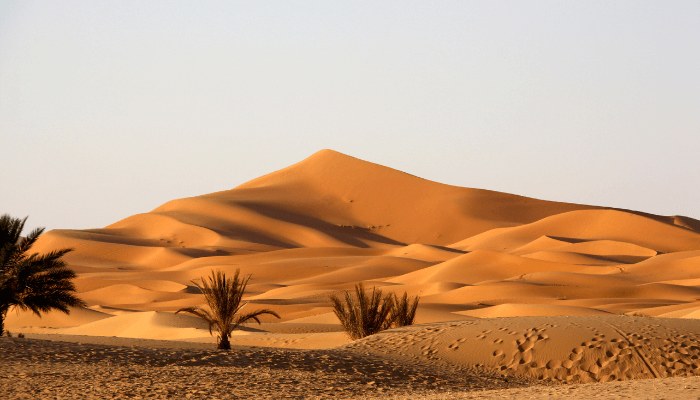The Great Sahara Railway, also known as the Trans-Saharan Railway, is a proposed railway that would stretch across the Sahara desert, connecting the countries of Morocco in the northwest with Mauritania in the southwest, and potentially continuing on to Senegal in the west and Algeria in the east. The idea of building a railway across the Sahara has been around for centuries, but it has faced numerous challenges due to the harsh and unforgiving environment of the desert.
Despite these challenges, there have been several efforts over the years to build the Great Sahara Railway. The first proposed route was developed in the late 19th century by the French colonial government in an effort to connect its West African colonies with the Mediterranean. However, the project was abandoned due to financial and technical difficulties, as well as the hostility of local Saharan tribes.
In the 20th century, several other attempts were made to build the Great Sahara Railway. In the 1960s and 1970s, the Moroccan and Mauritanian governments developed plans for a railway that would connect their countries, but the project was again abandoned due to financial and logistical issues.
More recently, there have been renewed efforts to build the Great Sahara Railway. In 2005, the African Development Bank (AfDB) announced a plan to build a trans-Saharan railway that would connect major cities in West Africa, including Dakar in Senegal, Nouakchott in Mauritania, and Algiers in Algeria. The AfDB estimated that the project would cost around $10 billion and would take 10 to 15 years to complete.
However, the project has faced numerous obstacles and has yet to get off the ground. One of the biggest challenges is funding. The cost of building a railway across the Sahara is estimated to be extremely high, and it is not clear where the necessary funds would come from. Additionally, the desert environment presents a number of logistical challenges, including the need to build long stretches of track across barren and often uncharted terrain, and to provide water and other resources for the workers who would construct and maintain the railway.
Despite these challenges, there are a number of reasons why the Great Sahara Railway could be a valuable and important project. For one, it could help to promote economic development and integration in the region. Currently, many West African countries are isolated from each other and rely on expensive and inefficient forms of transportation, such as air travel or overland trucking, to move goods and people across long distances. A railway would be a faster and more cost-effective way to connect these countries and facilitate trade and other economic activities.
In addition, the Great Sahara Railway could promote cultural exchange and understanding between the different countries and regions of West Africa. The desert has historically been a barrier to communication and interaction between different groups, but a railway would allow people to travel more easily and interact with one another in a way that is not currently possible.
Finally, the Great Sahara Railway could have environmental benefits. Transportation is a major contributor to greenhouse gas emissions, and building a railway would be a more energy-efficient way to move goods and people across the Sahara than relying on air travel or trucking. Additionally, a railway could reduce the number of heavy goods vehicles on the roads, which would reduce the wear and tear on road infrastructure and also reduce the risk of accidents.
Despite the many potential benefits of the Great Sahara Railway, it is still not clear when or if the project will ever be completed. The challenges and obstacles are significant, and it will likely require the cooperation and support of multiple governments and other stakeholders to make it a reality. However, the idea of a railway connecting the countries of West Africa across the Sahara desert remains an intriguing and potentially transformative one, and it is likely to continue to be pursued and discussed in the years

